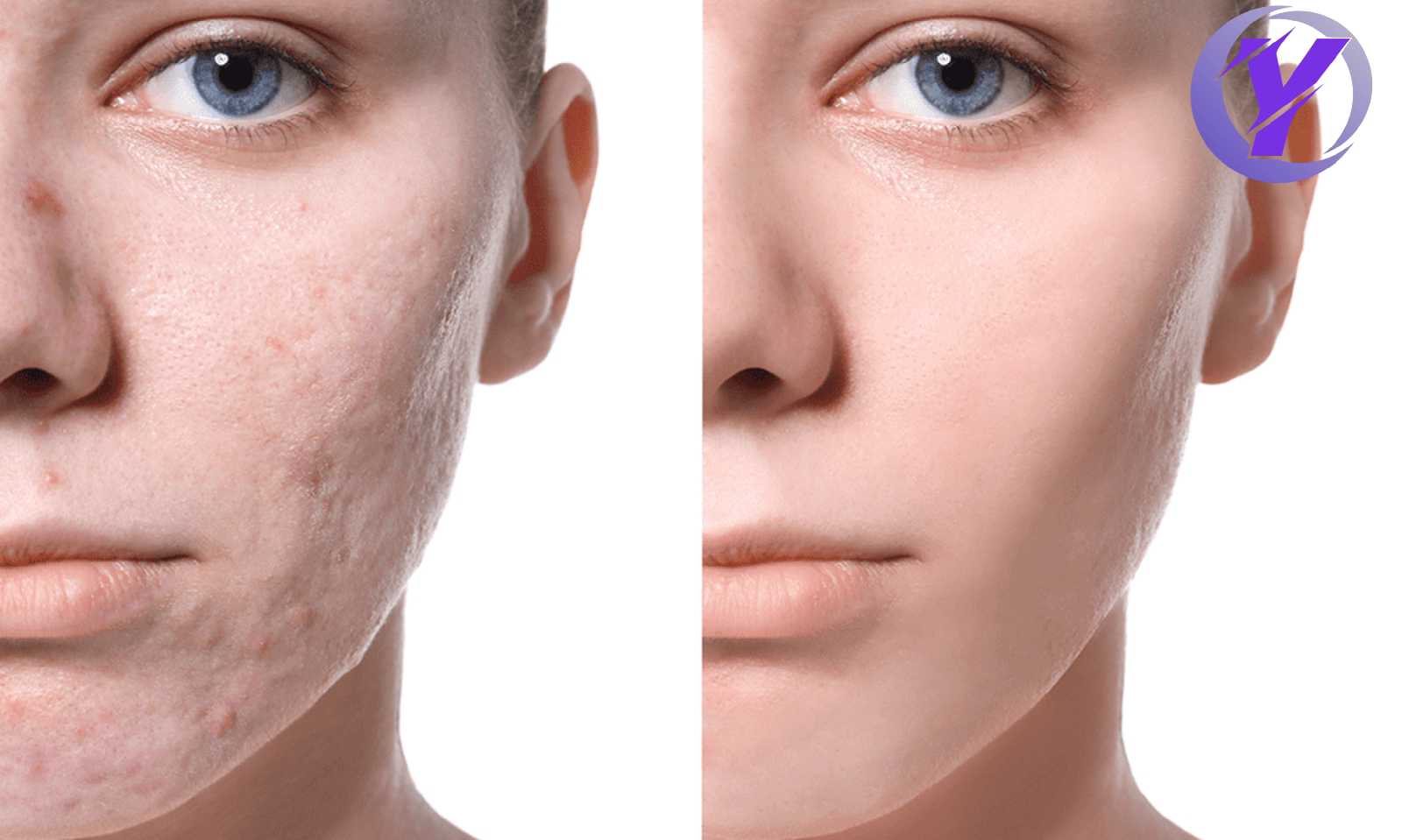Part 1: Introduction and Understanding Acne Scars
Introduction:
Acne scars can be a persistent reminder of past skin struggles, affecting one's self-confidence and overall well-being. However, the good news is that with the advancements in dermatological treatments and skincare, it is now possible to address acne scars effectively. In this comprehensive article, we will explore various measures that can help you achieve fast removal of acne scars, one step at a time.
Understanding Acne Scars:
Before diving into the methods of scar removal, it's important to understand what acne scars are and how they form. Acne scars are the result of inflammation and damage caused by acne breakouts. When the skin experiences severe inflammation, such as in cases of cystic acne, it can disrupt the normal healing process, leading to the formation of scars.
There are two main types of acne scars: atrophic and hypertrophic. Atrophic scars are depressed or sunken areas of the skin, while hypertrophic scars are raised and can be firm or tender to the touch. Within these categories, there are subtypes of scars, including ice pick scars, rolling scars, and boxcar scars, each requiring specific treatment approaches.
Part 2: Treatment Options for Fast Removal of Acne Scars
Treatment Options for Fast Removal of Acne Scars:
1. Chemical Peels: Chemical peels involve the application of a chemical solution to the skin, which exfoliates the topmost layer and stimulates collagen production. This process helps improve the appearance of acne scars over time.
2. Microneedling: Microneedling is a procedure that utilizes a device with fine needles to create controlled micro-injuries on the skin's surface. This triggers the skin's natural healing response and promotes collagen production, leading to scar reduction.
3. Laser Therapy: Laser treatments, such as fractional laser resurfacing, target the deeper layers of the skin, stimulating collagen production and remodeling. This can significantly improve the appearance of acne scars.
4. Dermal Fillers: Dermal fillers are injectable substances that can be used to temporarily fill in atrophic scars, making them less noticeable. Hyaluronic acid fillers are commonly used for this purpose.
5. Subcision: Subcision is a surgical procedure that involves the use of a special needle to break up the fibrous bands beneath the skin's surface. This technique helps release tethered scars, allowing them to rise to the level of the surrounding skin.
6. Radiofrequency Microneedling: This innovative treatment combines the benefits of microneedling with radiofrequency energy. It helps improve scar texture and stimulates collagen production for long-lasting results.
Conclusion:
In the quest for fast removal of acne scars, it's important to remember that each individual's skin is unique, and the effectiveness of treatments may vary. It is crucial to consult with a qualified dermatologist or skincare professional to determine the most suitable approach for your specific scar type and skin condition. By considering the various treatment options mentioned in this article, you can take significant steps towards achieving smoother, scar-free skin and boosting your self-confidence. Remember, patience and consistency are key as scar reduction is often a gradual process. Stay committed to your skincare regimen and embrace the journey to clearer skin, one measure at a time.


Comments
Post a Comment